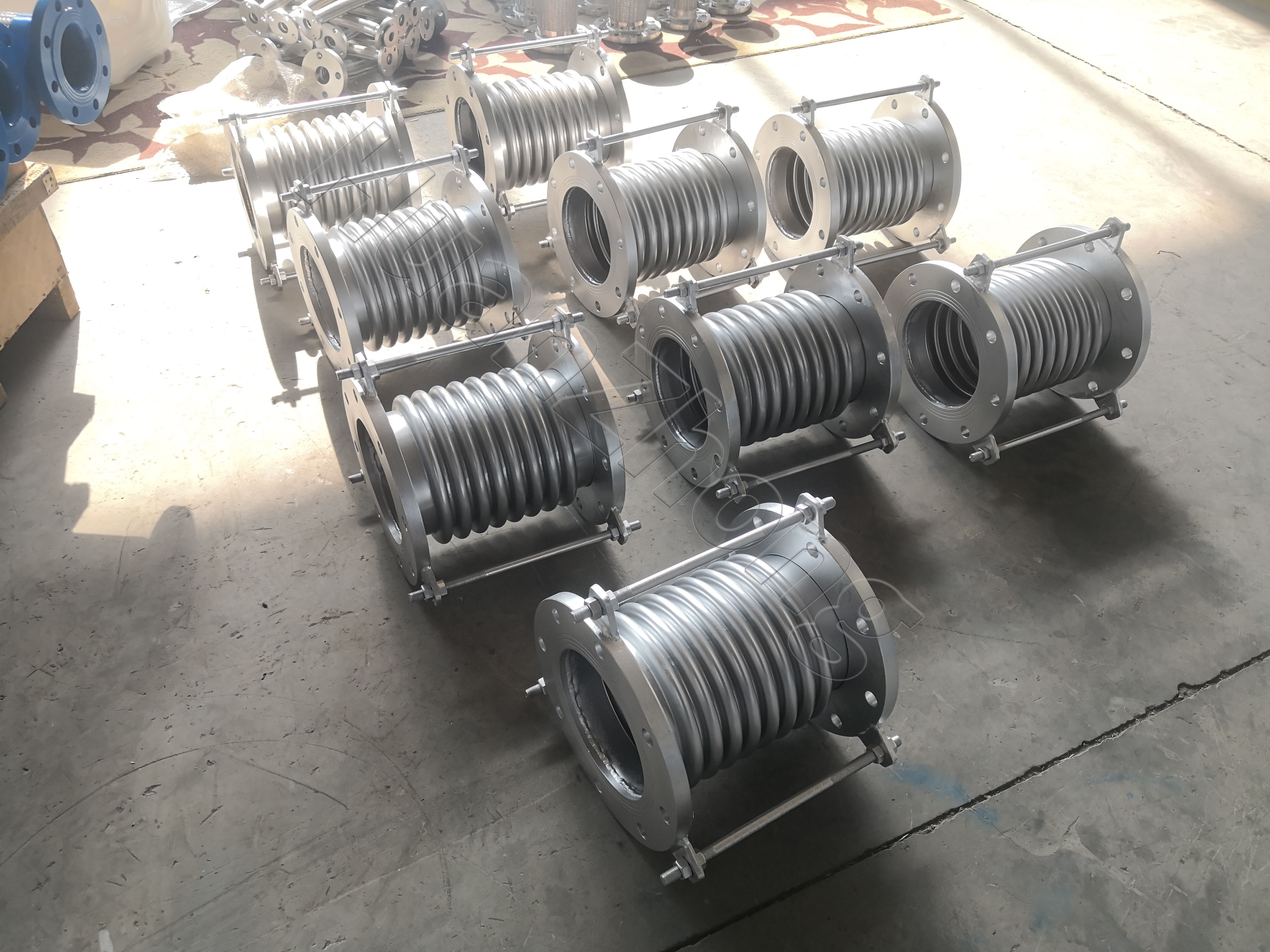The actual effect of the use of heat pipe expansion joint compensation joint
Following the corrosion, the pH of the orifice media gradually rise, the water soluble salts such as Ca (HCO3) 2 will be converted into CaCO3 accumulation, the results of the rust layer and the scale layer together in the orifice accumulation constitute a blocking battery, so that the hole surface material exchange more difficult, and then make the hole metal chloride more concentrated, the ultimate corrosion of the hole can be deepened at a high rate of metal cross-section etching through. This plugging battery caused by the pore acidification and then accelerate the role of corrosion is called "autocatalytic acidification". Corrosion reaction occurs on the metal surface of the microenvironmental conditions are very important, in such a surface constitutes part of the corrosion environment and the nominal environment is very different.
Pitting corrosion occurs precisely in a microenvironment that is different from the surrounding environment and gradually deteriorates. Components, impurities and crystal structure choice of its corrosion resistance. For example, the addition of niobium and titanium in the thermal pipe expansion joint can be useful to avoid the composition of chromium carbide, and then improve the corrosion resistance of the grain boundary. The right amount of molybdenum and chromium combined can be useful in the presence of chlorides to stabilize the passivation film. Many grain boundary corrosion is caused by heat treatment: thermal pipeline expansion joint in the process of welding and other heating to a certain temperature after the accumulation of chromium carbide in the grain boundary, so the area immediately adjacent to the chromium carbide consumed chromium, and then related to the chromium in the crystal more vivid.
Assuming the existence of the thermal pipe expansion joint, it constitutes a primary cell with the exposed chromium as the anode and the thermal pipe expansion joint as the cathode. Large cathode area occurs anodic control, so the corrosion effect is serious, resulting in intergranular splitting or pitting corrosion. This is called "intergranular corrosion of welded joints", and this steel is called "activation treatment" of steel. The selection of low carbon thermal pipe expansion joints can mitigate this title. The passivation film is the primary barrier to protect the thermal pipe expansion joint, but on the other hand, the stronger the passivation ability of the metal or alloy with passivation characteristics, the higher the sensitivity of the thermal pipe expansion joint, the thermal pipe expansion joint is more susceptible to pitting corrosion than carbon steel is this reason.
The occurrence of thermal pipe expansion joint and the medium contains active anions or oxidizing cations have a great contact. Most of the cases of thermal pipeline expansion joint are occurred in the medium containing chloride ions or chloride. Experiments have shown that under the condition of anodic polarization, only chloride ions are required in the medium to cause thermal pipeline expansion joints to occur in metals. Therefore, chloride ion is also called the "exciter" of the thermal pipe expander compensation joint, and with the increase of chloride ion concentration in the medium, the potential of the thermal pipe expander compensation joint decreases, making the thermal pipe expander compensation joint simple to occur, and then simple to accelerate.
